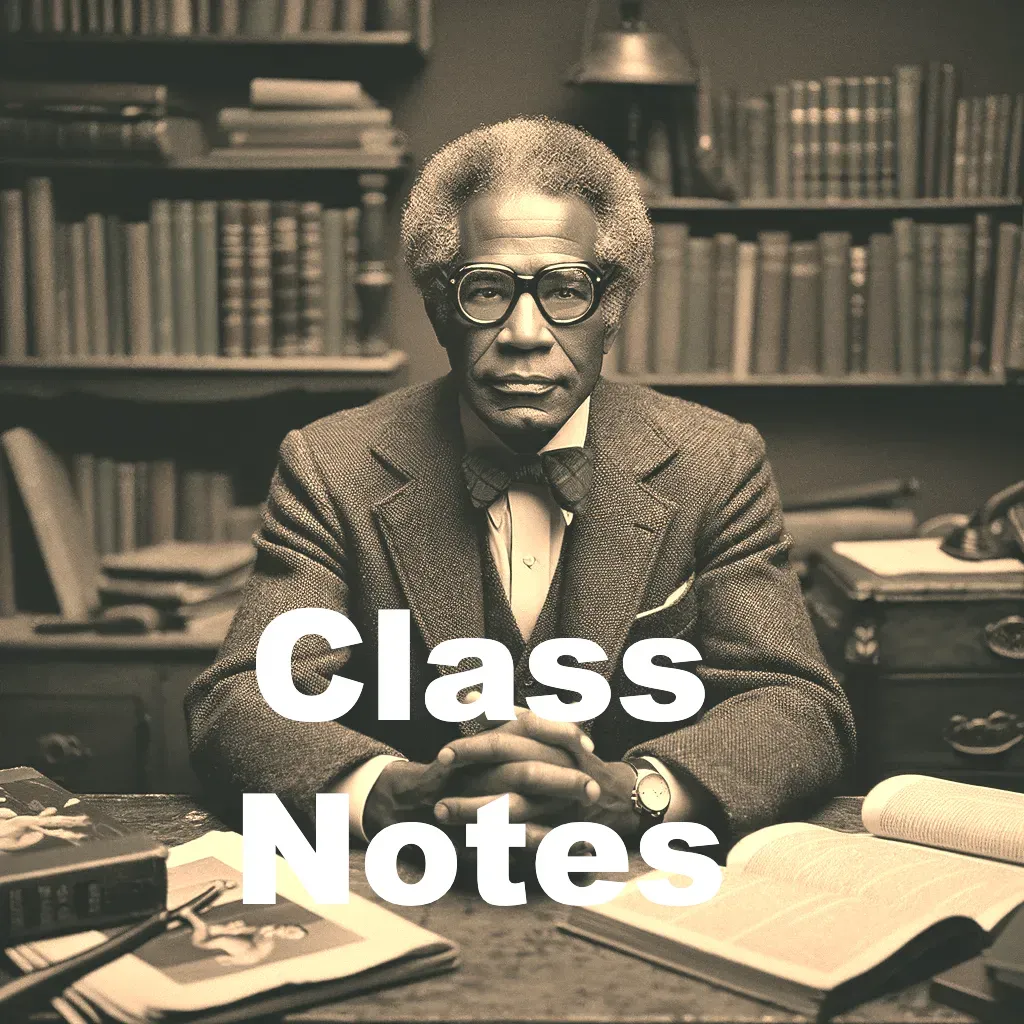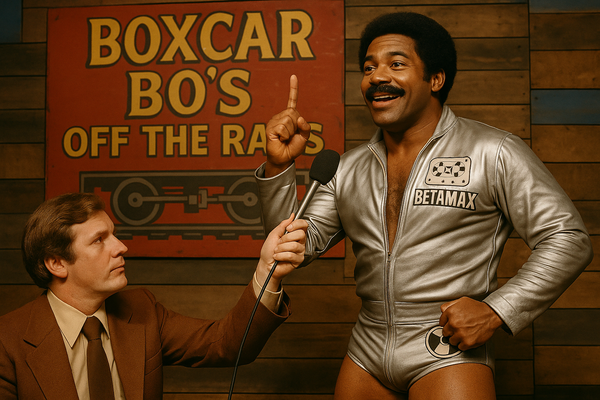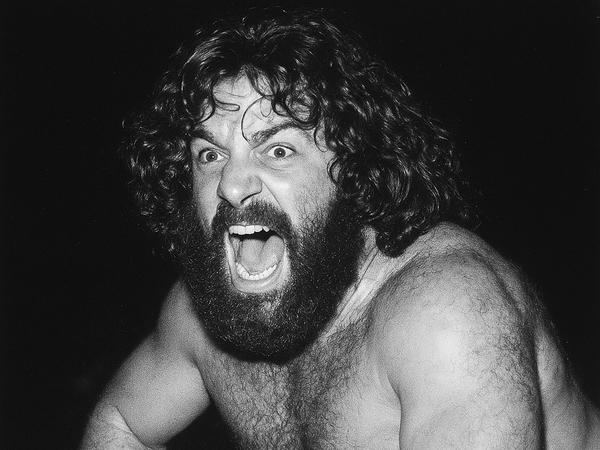Class Notes - Passion Plays of the Modern Era
Dive into the captivating world of burlesque and wrestling in this edition of "The Professor's Class Notes." Explore how both art forms, as modern passion plays, evoke our deepest desires and fears through the spectacle of pleasure and pain.

Wrestling and Burlesque
By "The Professor" Harold Langston
In the vibrant tapestry of performance art, two forms stand distinctly apart for their evocation of the human spirit: burlesque and professional wrestling. While burlesque is a siren call of pleasure, professional wrestling is an ode to the endurance of pain. Both, however, are modern-day passion plays, where each performance taps deeply into our elemental desires and fears, crafting narratives that resonate with the visceral and the sublime.
Burlesque, with its lineage tracing back to vaudeville and cabaret, is an art form that celebrates the allure of the human body and the dance of seduction. Performers engage in a tantalizing ballet of reveal and conceal, using props like feathers and gloves not merely as accessories but as tools of narrative, weaving tales of desire and temptation. The audience is drawn into an ephemeral world of fantasy, where each act of seduction builds upon the last, culminating in a climactic appreciation of human beauty and desire.
Conversely, professional wrestling presents a starkly different tableau—here, the body is not a vessel of seduction but of struggle. Wrestlers engage in a choreographed combat that is both brutal and balletic, where the ring serves as a stage for stories of conflict, betrayal, and perseverance. This form of entertainment relies on a visceral display of pain and physicality, drawing the audience into a narrative where every slam and every fall echoes the larger battles of good versus evil.
Both burlesque and wrestling share a common theatrical heritage, utilizing exaggerated personas and dramatic narratives to communicate their unique stories. In burlesque, a mere glance or a subtle gesture can convey a complex story of attraction and power. Similarly, in wrestling, a wrestler’s grimace or a raised fist can define character and motive, connecting with the audience on a primal level through the universal language of emotion.
The narratives woven through each performance often pivot around the dynamics of power. In burlesque, performers command the stage with the power of allure, captivating and controlling the audience’s gaze. In wrestling, the power struggle is more overt; it is a physical and moral contest, with characters embodying archetypes of heroism and villainy that vie for supremacy in a narrative that is at once timeless and immediate.
Pain, particularly in wrestling, serves as a testament to authenticity and commitment. Wrestlers endure physical trials not as mere displays of toughness but as acts of narrative significance. Their suffering is akin to that of characters in traditional passion plays, where physical ordeals symbolize deeper spiritual or moral truths. The audience, in turn, finds a cathartic release in this spectacle of pain—a safe engagement with the concept of human suffering that invites personal introspection and emotional release.
Ultimately, both burlesque and professional wrestling are transformative, not merely for the performers but for the audience as well. Burlesque invites an embrace of personal desire and a celebration of beauty, while wrestling offers a confrontation with our fears and an admiration of resilience. Each, in its own right, acts as a mirror to our psyche, exploring the themes of pleasure and pain, triumph and defeat, providing a space where these dualities can coexist and enlighten.
As modern passion plays, burlesque and wrestling allow us to process our deepest instincts and emotions collectively. They provide a stage where the narratives of human experience—whether draped in the velvet of seduction or clad in the sweat of combat—are not just observed but deeply felt. In this way, both art forms serve not merely as entertainment but as profound cultural dialogues that challenge, entertain, and enrich our understanding of the human condition.
-Prof. Langston
About the columnist
Professor Harold Langston, also celebrated as "The Sage of the Squared Circle," is a distinguished former philosophy professor turned wrestling connoisseur. Known for his signature tweed jacket and scholarly spectacles, he brings the wisdom of the ages into the wrestling arena, dissecting every lock and takedown with philosophical precision. Langston's columns weave together the raw energy of wrestling with profound cultural narratives, making him a beloved intellectual heavyweight among wrestling fans and thinkers alike.





